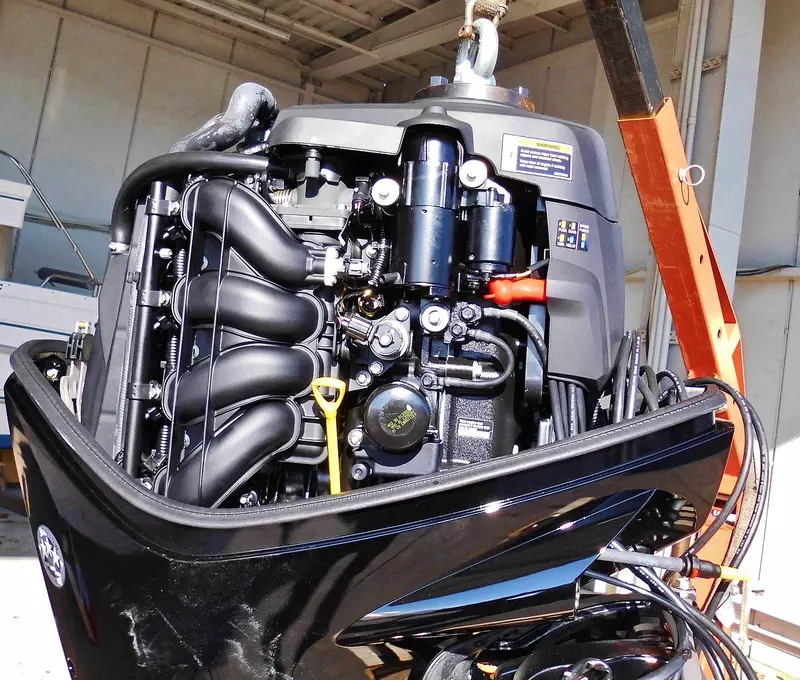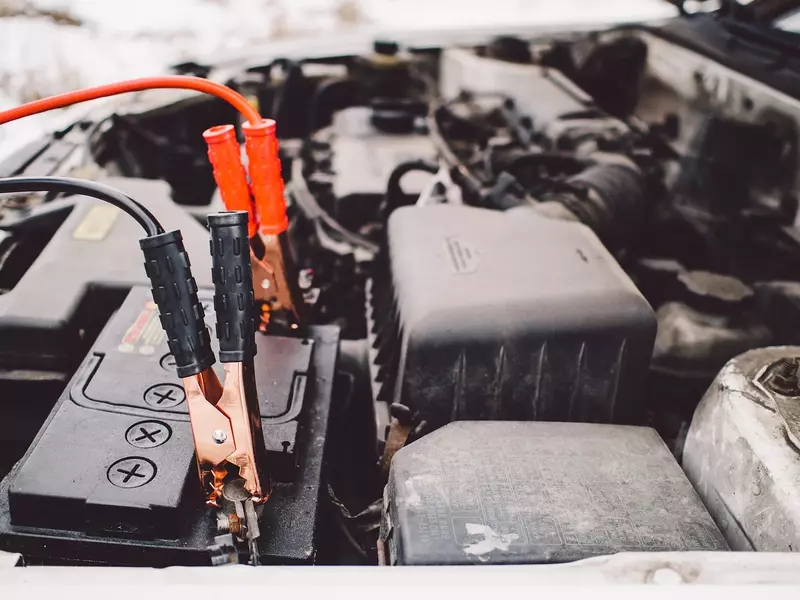The United States is home to over 17 million recreational boats. If you own a boat, you know how much fun it can be to ride in the summer months. However, when the colder weather of winter arrives, you have to make sure your boat is stored properly. Failing to properly store your boat in the winter months can result in a number of repair issues developing.
Read also: Essential Tasks for New Boat Owners
Rather than dealing with the damage improper winter storage can cause, you need to work hard to get your boat ready. Here are some things you need to do before putting your boat in a storage unit for winter.
Table of Contents
How to Store the Float
The first question that arises when storing our boat is whether we should do it with the float inflated or deflated. It is possible to do it in both ways, although in each case, the recommendations are different.
Storing the Inflated Float
The inflated float is more resistant to any type of crack or break since it is stronger when it is inflated. This allows the seams and accessories to hold better when under pressure, which is why it is recommended for wintering that lasts all winter. Also, if you choose to store it inflated, you will avoid possible rodent bites on the surface.
In this type of storage, over time, the air pressure decreases due to changes in temperature, so it is advisable to check it periodically.
Storing the Deflated Float
Storing the boat with the float deflated is only recommended for short periods of time while finding a space to store it inflated.
In this case, the first recommendation is to wash it well before storing it. To do this, you can use Euromeci Forte, Gommostrip or Leather cleaner depending on the type of surface and its dirt.
This is a very important step since when the boat is in the water, it attracts waste and microorganisms that must be eliminated before storing.
The next factor to take into account is the need to keep it totally dry and in places with little humidity. The absence of moisture in the boat is important, as a little water combined with a dark storage area can generate mold and fungus.
As for the storage place, it is not recommended that it be a metal storage room, since this would cause sudden changes in inflation during the day and low at night.
Flush Your Fluids and Refill Them
The fluids in the engine and cooling system of your boat are extremely important. If these fluids aren’t checked and changed routinely, it is only a matter of time before the repair issues surface. As you take your boat out on the water, dirt, salt and other materials can get inside of your fluids. If these substances are allowed to remain in your boat engine, they will do a lot of damage.
Working with a boat repair services in Pittsburgh PA is a great way to get your fluids checked and changed. These professionals will have the time and the tools needed to get this job done quickly. With their help, you can keep your boat’s engine running like a well-oiled machine for a long time to come.
Boat Covers

A good alternative for wintering when there is no suitable space to store the boat is the use of canvas covers. In order to take good care of the boat, you must prevent the cover from falling or being damaged. In addition, it is vitally important that you choose the correct cover so that it fits perfectly and prevents the entry of external elements.
Give Your Boat a Good Cleaning Before Putting It In Storage
Another important thing you need to do before putting your boat in storage is to give it a good cleaning. The salt and dirt that clings to your boat’s exterior can damage the paint over time. This is why thoroughly washing it before you put it up for the season is so important.
Prepare Your Systems for Winter
In addition to using the correct type of cover and storing your inflated boat, there are a few more steps to winterizing your boat’s mechanical systems.
1. Fresh Water Circuits
If the boat is going to be stored in a region where temperatures can drop below freezing, it is advisable to prepare freshwater systems. With this, we will prevent the frozen water from causing any damage or breakage.
For this reason, we recommend the use of antifreeze made with propylene glycol. This is safe for drinking water systems. Follow these steps to get a proper cleaning of your water system:
Drain as much water as possible from your freshwater tank and water lines by using them until they are exhausted.
Detach the main hose from the freshwater tank and place it in a bucket filled with antifreeze.
Use each of your freshwater fittings until the antifreeze starts to come out.
Don’t forget about the wash nozzle in the swim step.
Replace the primary freshwater feed tube in the tank.
2. Sanitation and Air Conditioning
Preparing the sanitation and air conditioning systems is another of the actions that you must take. To do this, use more antifreeze than you need rather than less to ensure that the antifreeze reaches the holding tank.
3. Outboard Motor

The outboard motors are the easiest to prepare for the winter. The first step is to change the oil in the lower unit. To do this, you must put clean oil and change the filter to remove the excess water that remains from the use of the year.
Once shifted, tilt the engine down to drain completely. It is important to change the oil with a warm engine, as this will make it drain better. Another recommendation at this point is to circulate fresh water through the cooling circuit. It will also be necessary to empty the carburetor bowl and take care of the transmissions and propellers. Also, it is advisable to use an outboard motor cover to protect it.
4. Fuel Circuit
The first thing to do is to add a fuel stabilizer to the tank. This helps prevent fuel from deteriorating and separating within the tank, which can lead to damage within the system.
5. Batteries

The best option with regard to batteries is to disconnect them, and if possible, store them in a safe place outside the boat. If this is not possible, store them in the storage areas or in the shipyard on board the boat using a waterproof battery box.
It is advisable to avoid that the battery is without a charger all winter since this reduces its useful life.
Final Advice
Finally, it is a good idea to check the small compartments to make sure they are clean and dry, as well as to remove the easily removable electronics. If you follow these tips in wintering, you can enjoy the boat without any setback when the good weather returns.


2 thoughts on “How to Get Your Boat Ready For Winter Storage”